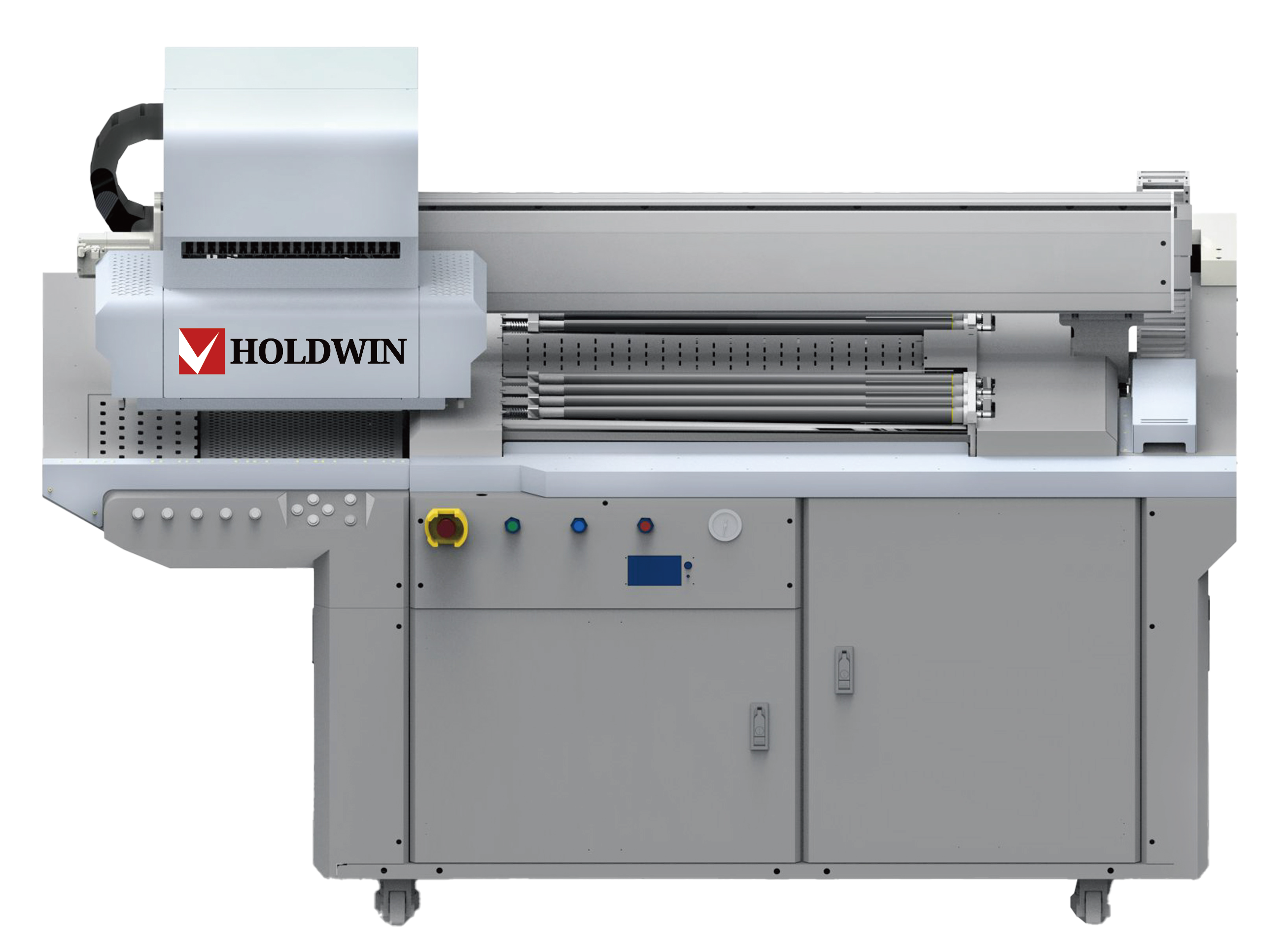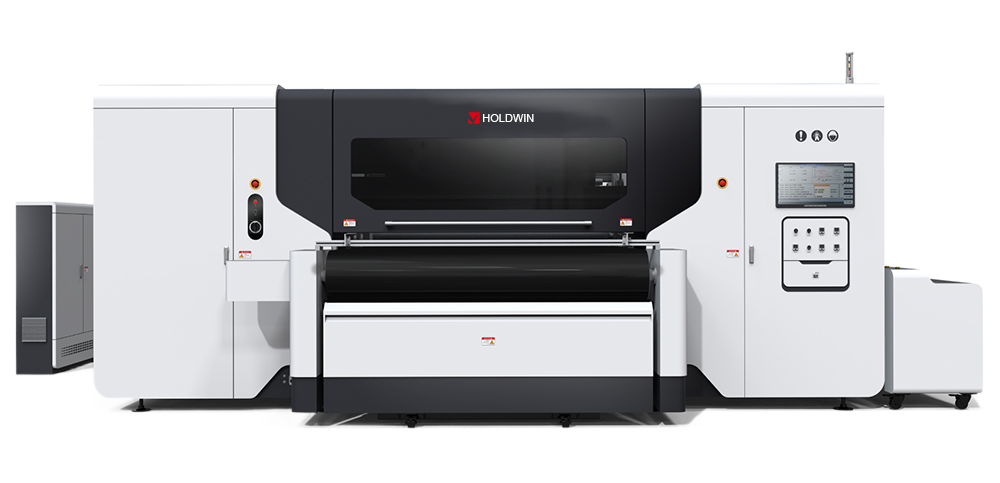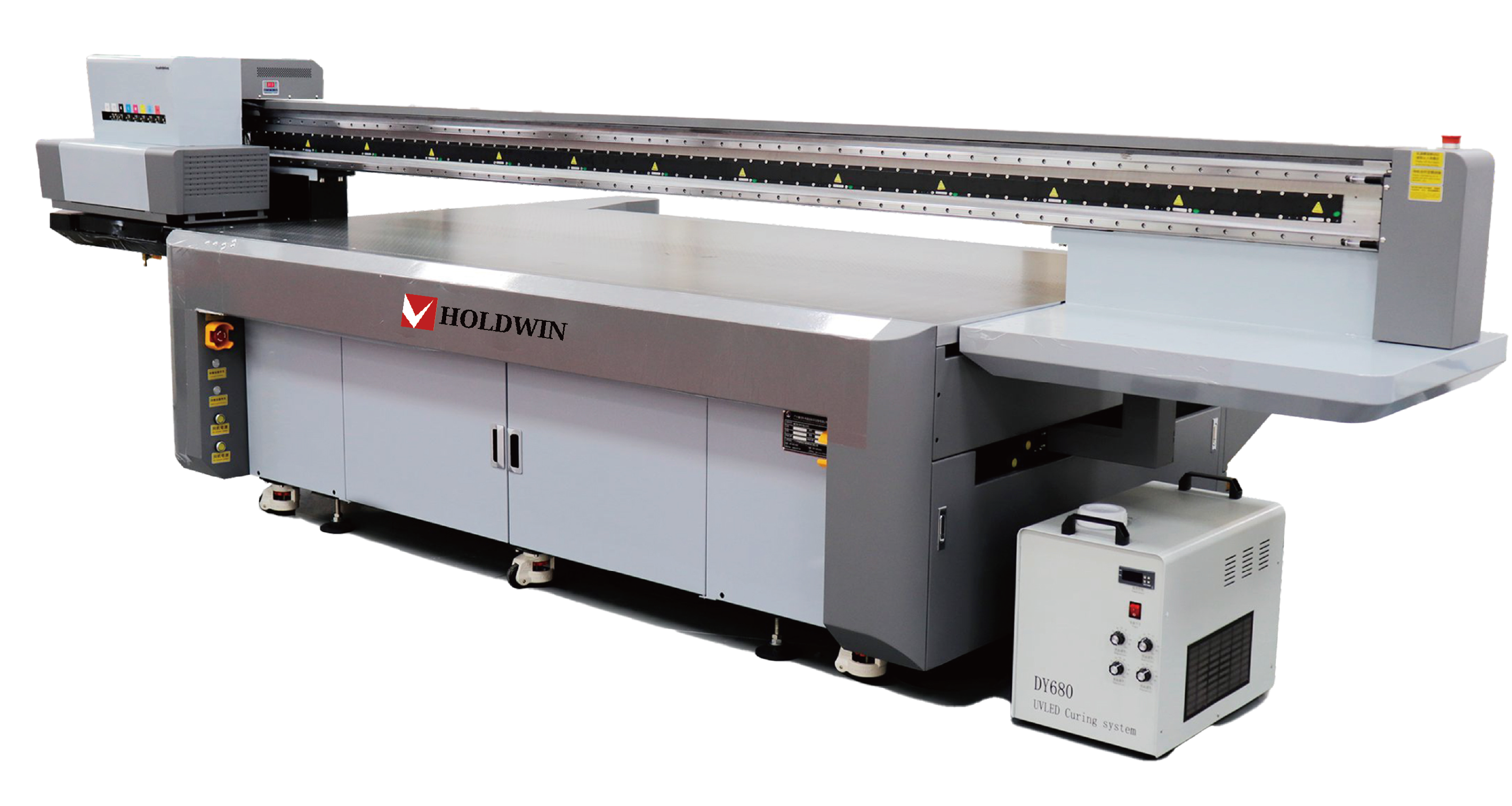
In recent years, artificial intelligence (AI) has become a transformative force across industries, and the digital printing sector is no exception. AI’s integration into digital printing technology, particularly in textile manufacturing, has opened up new opportunities for innovation, efficiency, and customization. As the world becomes increasingly focused on personalized products and sustainability, AI is playing a crucial role in enhancing digital printing processes to meet these demands. This article explores the various ways in which AI is driving digital printing innovation, specifically in the textile sector, and how companies like Shaoxing Zhiyu Digital Technology Co., Ltd. (HOLDWIN) are leveraging AI to provide cutting-edge solutions.
One of the most exciting applications of AI in digital printing is the ability to automate and enhance the design process. Textile manufacturers and fashion designers can now use AI algorithms to generate innovative patterns, optimize designs, and predict color trends based on historical data and market preferences. AI-driven design tools are capable of learning from existing designs and customer preferences to create highly personalized textile patterns that cater to individual tastes.
With AI, designers can input minimal instructions, and the software can generate endless variations, allowing for rapid prototyping and reducing the time spent on manual adjustments. This not only speeds up the design cycle but also fosters greater creativity, enabling brands to stay ahead of trends and provide consumers with unique, on-demand products. HOLDWIN’s ability to harness AI for custom design solutions allows its clients to achieve personalization at scale, revolutionizing the textile printing process.

The integration of AI into digital printing systems significantly enhances production efficiency. AI-powered automation tools can optimize every stage of the printing process, from color matching to print head calibration. By continuously monitoring machine performance, AI can detect potential issues before they arise, reducing downtime and ensuring consistent print quality.
In addition, AI algorithms can analyze large datasets from printing jobs, allowing for predictive maintenance and automated quality control. This minimizes human error and ensures that the printed output meets the highest standards. With AI’s predictive capabilities, printers can optimize ink usage, adjust printing speed, and manage substrates more effectively, resulting in reduced waste and increased profitability.
For companies like HOLDWIN, this means that clients can rely on faster turnarounds and lower operational costs while maintaining the superior quality of their printed textiles.
Color accuracy is paramount in textile printing, as even the slightest deviation can affect the final product’s quality. AI plays a crucial role in achieving precise color management by automating color matching and correction. Using machine learning algorithms, AI can analyze images, fabrics, and inks to ensure that the colors are accurately replicated on the final product.
AI systems also enable dynamic color calibration throughout the printing process. By continuously adjusting the print settings based on real-time feedback, AI helps to maintain consistent color quality, regardless of variations in fabric or environmental conditions. This level of precision is essential for brands that require exact color matches across large production runs, such as in the fashion or home décor industries.
At HOLDWIN, AI-driven color management is a key component of our digital printing solutions. Our advanced systems ensure that every print job is consistent, vibrant, and accurate, meeting the highest industry standards.

AI is not only enhancing the printing process itself but also providing valuable insights into the entire supply chain. Predictive analytics powered by AI can help textile manufacturers forecast demand, manage inventory, and optimize production schedules. By analyzing historical data and market trends, AI can predict which designs, colors, or fabrics are likely to be in demand, allowing manufacturers to adjust their production strategies accordingly.
Moreover, AI can help optimize the logistics involved in textile printing by suggesting the most efficient routes for material delivery and the best practices for waste reduction. For companies like HOLDWIN, this means that clients can expect more efficient workflows, less material waste, and timely deliveries, further enhancing customer satisfaction.

As sustainability becomes an increasing priority for the textile industry, AI offers significant potential to reduce the environmental footprint of digital printing. AI-driven systems can optimize ink usage, reducing waste and ensuring that only the required amount of ink is used for each print job. Additionally, AI can help identify and minimize the use of harmful chemicals, making the printing process more eco-friendly.
Furthermore, AI can assist in the development of sustainable materials and printing techniques, such as water-based inks or biodegradable fabrics. By analyzing vast amounts of environmental data, AI can contribute to the creation of greener production processes, helping companies meet stricter environmental regulations and appeal to eco-conscious consumers.
HOLDWIN is committed to sustainability, and by integrating AI into our digital printing solutions, we are able to reduce environmental impact while providing high-quality products that meet the demands of today’s market.
Ensuring consistent quality across large volumes of printed textiles is a challenge that digital printing systems face. AI-based quality control systems can detect defects, inconsistencies, or errors in real-time during the printing process, helping operators make immediate adjustments. These systems are capable of identifying issues such as misalignment, color inconsistencies, and even fabric imperfections, all without the need for manual inspection.
By incorporating machine vision and deep learning techniques, AI can “see” and interpret the print output, allowing for highly accurate error detection. This significantly reduces the time spent on post-production quality checks and minimizes the number of defective products that reach the market. For brands focused on delivering flawless products, AI-powered quality control is a game-changer.

As AI continues to evolve, its potential in the digital printing industry will only expand. The technology’s ability to streamline design, automate production, enhance color management, and improve supply chain logistics is transforming the way textile manufacturers operate. Companies like HOLDWIN are at the forefront of this revolution, embracing AI to offer innovative and personalized printing solutions to clients worldwide.
By combining the power of AI with cutting-edge digital printing technologies, HOLDWIN is not only advancing the industry but also providing its clients with a competitive edge. As the demand for customization, sustainability, and efficiency grows, AI will play an increasingly important role in shaping the future of digital textile printing.
“HOLDWIN’s AI-powered digital printing solutions have completely transformed the way we design and produce our textile products. The speed, precision, and sustainability of their systems have allowed us to offer our customers highly personalized items while reducing waste and improving turnaround times. We’re excited about the future and look forward to continuing our partnership with HOLDWIN.” – Sarah, Fashion Designer and CEO of Chic Threads
References:

Zhiyu is passionate about good products, good services, and good prices to let consumers know that choosing us is the right choice! For partners and end customers, we will provide one-on-one considerate smart services and provide you with more high-quality procurement solutions.